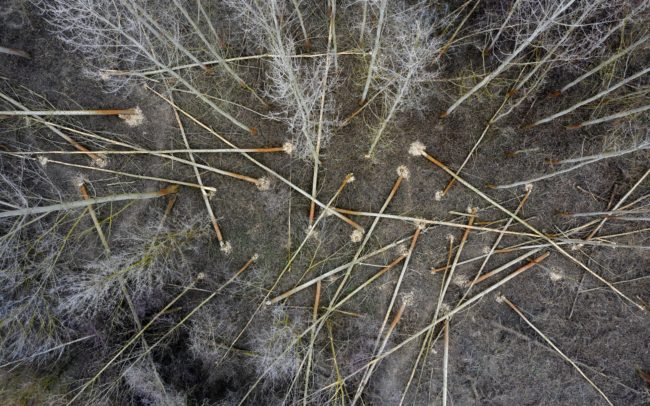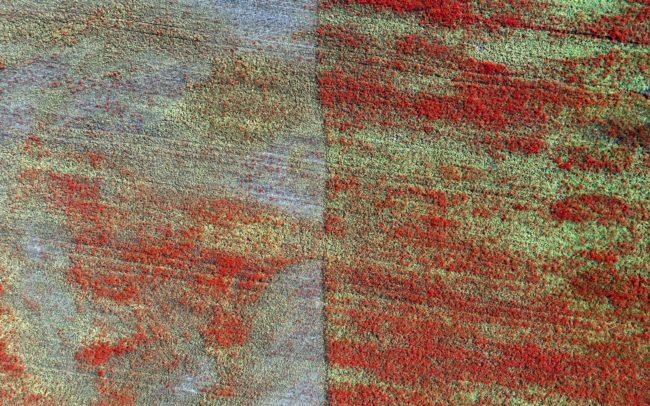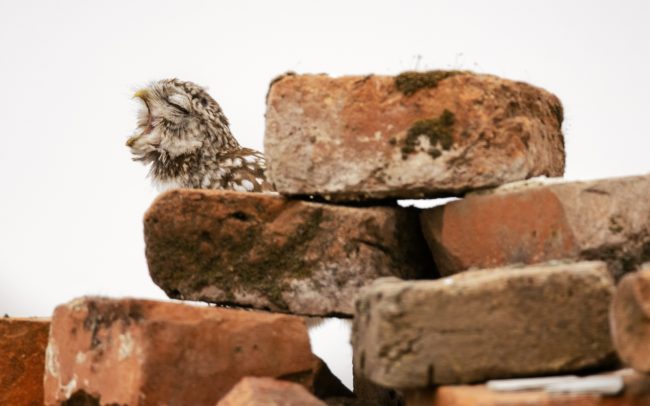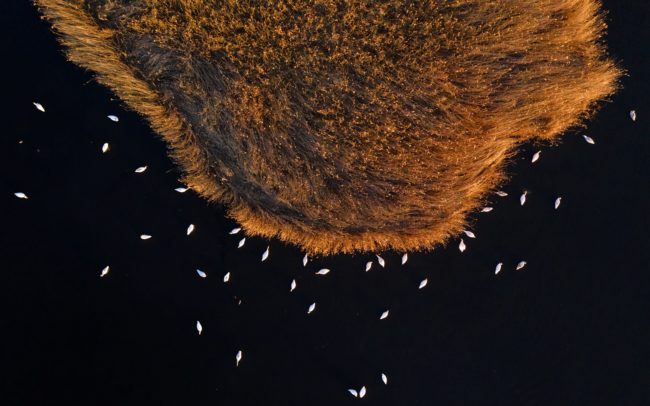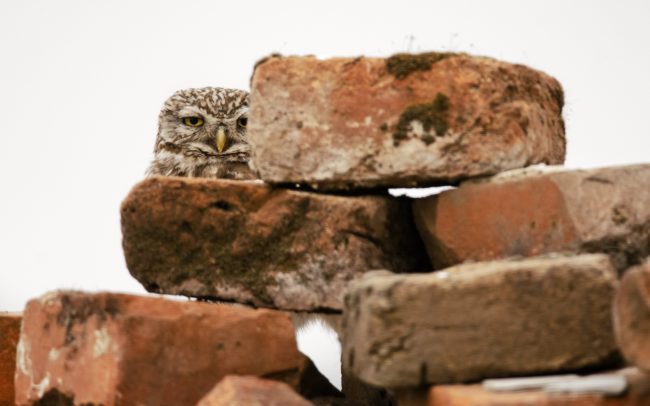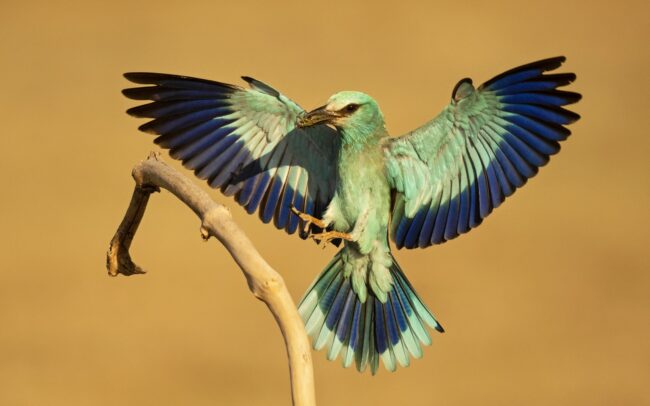
Even its beauty didn't save the roller from its extinction from Great Rye Island in Slovakia. Perhaps because our sense of beauty is developed, but we perform less well when it comes to preserving beauty and values. We have always let the landscape and the environment pay for the arbitrary and thoughtless change of our lifestyle. In this case, this ornamental bird paid for the eradication of pastures and the liquidation of older groups of trees.

Some of our marshes belonging to the Danube only narrowly escaped the fate of the habitat destruction during the construction of the Gabčíkovo hydropower plant. One of them is this marsh. At the same time, it is a shining example, a herald of what value was lost there, without a trace, irretrievably. Danube Floodplains Protected Landscape Area, Great Rye Island, Slovakia.
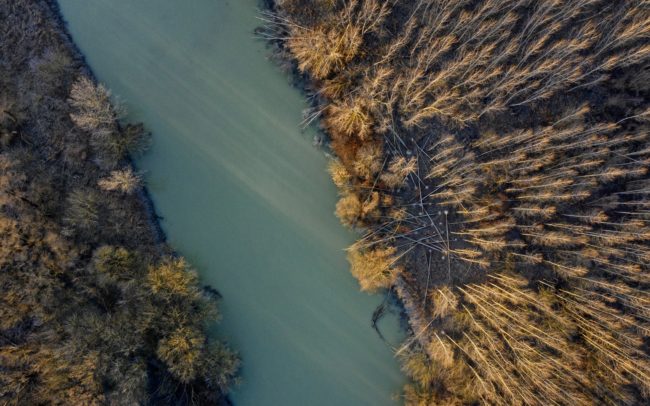
The work of beavers in the cultivated poplar monoculture. The return of our largest rodent is both a huge success and a focus of conflicts between foresters, conservationists and other interest groups. The forest on the opposite bank is much more similar to the original floodplain forests. Danube Floodplains Protected Landscape Area, Great Rye Island, Slovakia.
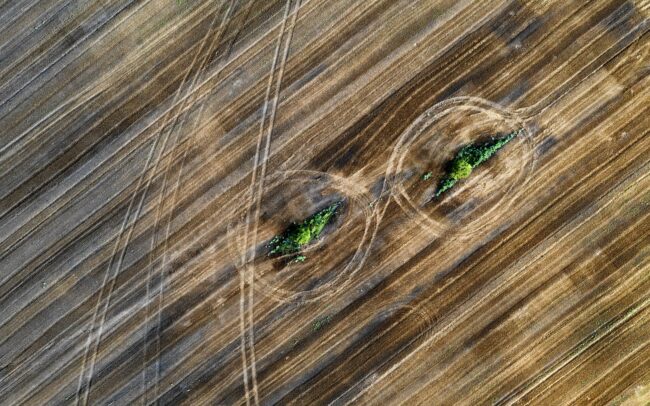
Often that´s all what is left behind us what is green, what is liveable. A little more than nothing, a lot less than enough. Not enough, because these grain-sized specks are not big enough for most living things, and they are also too isolated. And these fresh dots remain on the fabric of the cultural landscape perhaps only because they hide parts of irrigation system. Great Rye Island.
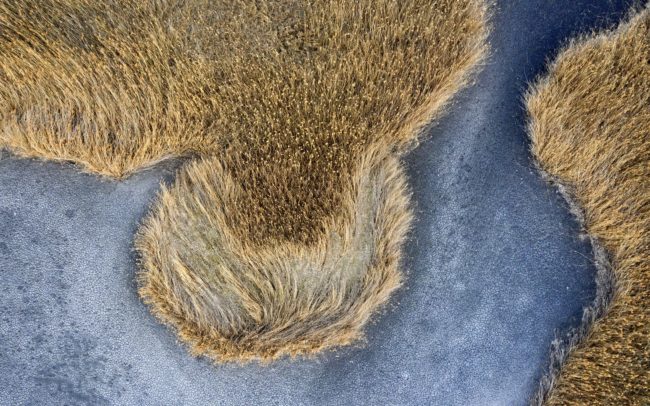
Thousands of species are associated with reed beds, making them real centers of biodiversity. They improve water quality, play an important role in the material circulation of water, help replenish groundwater sources, protect banks from erosion and significantly reduce the effects of floods. Due to the elimination of shallow stagnant waters, they are among the most vulnerable ecosystems in Europe. The value of the reeds lining the shores of the fish ponds increases in this way. Great Rye Island, Slovakia.
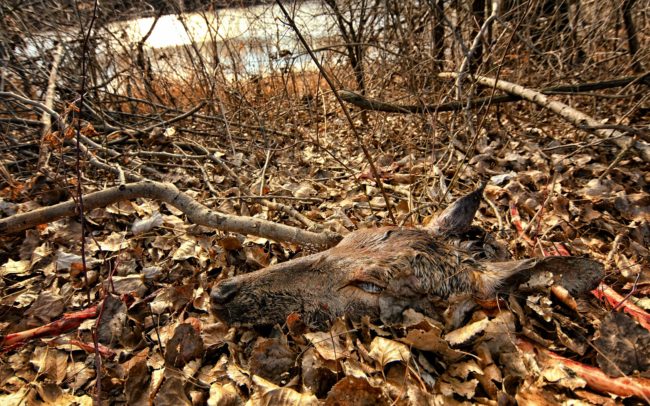
Deer skinned, boned, scattered, in a clearly visible place next to the dam next to the river. The way the remains of bodies were handled here can be seen as bragging or provocation, throwing reality into the eyes of passers-by. Poaching is also one of the problems affecting nature conservation on Great Rye Island. Catching the perpetrators and investigating the cases is practically impossible. Great Rye Island, Slovakia.
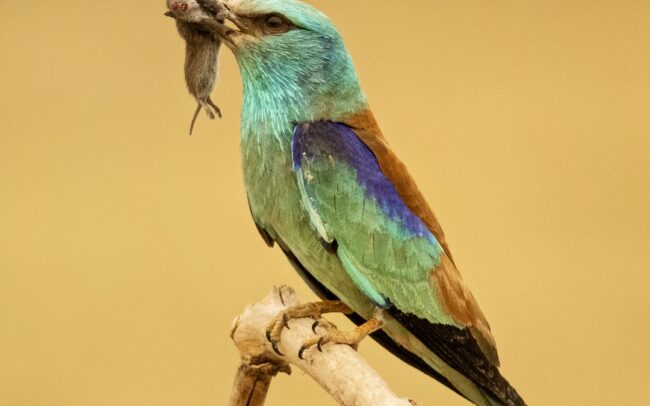
Even its beauty didn't save the roller from its extinction from Great Rye Island in Slovakia. Perhaps because our sense of beauty is developed, but we perform less well when it comes to preserving beauty and values. We have always let the landscape and the environment pay for the arbitrary and thoughtless change of our lifestyle. In this case, this ornamental bird paid for the eradication of pastures and the liquidation of older groups of trees.

A male Western Marsh Harrier at the bottom of a drained pond resting during the busy spring nuptial flight season. Ponds satisfy primary human needs, but their importance is much greater. For example, they also serve nature very well. Both the water and the banks of these waters are full of plants, the reeds are an ideal nesting place and a place full of food. Great Rye Island.
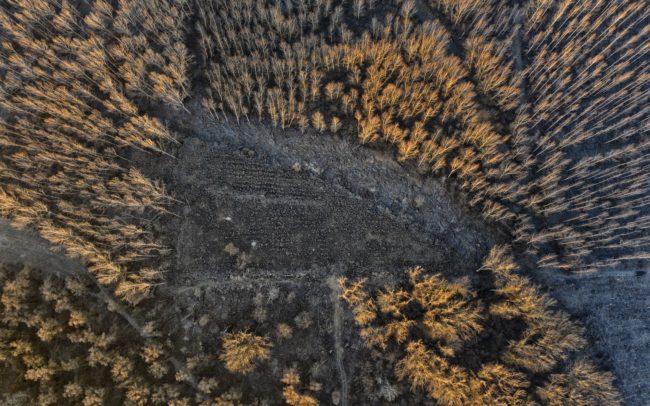
Clearcuts and extensive plantations of bred poplars surround one of the rare remnants of older forests. This group of trees also managed to survive only because our protected apex predator, a pair of white-tailed eagles, built a giant nest on one of these trees several years ago. Unfortunately, the forest area is under constant pressure, from time to time the forest management takes a piece out of it, and in this area, young Canadian-American poplars try unsuccessfully to resist the interest of overpopulated deer. The lack of a responsible approach is characteristic of both competent and higher authorities. Danube Floodplains Protected Landscape Area, Great Rye Island, Slovakia.
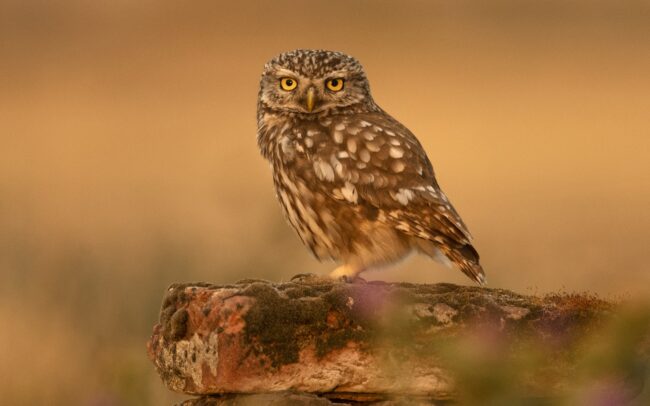
The drastic reduction of old trees, such as willows, has greatly reduced the nesting possibilities of the little owl. Our bird bravely took this obstacle, moving close to human settlements, into old buildings and stables. But the gradual elimination of pastures and ranches already exceeds their survival capabilities, and their numbers are dwindling.
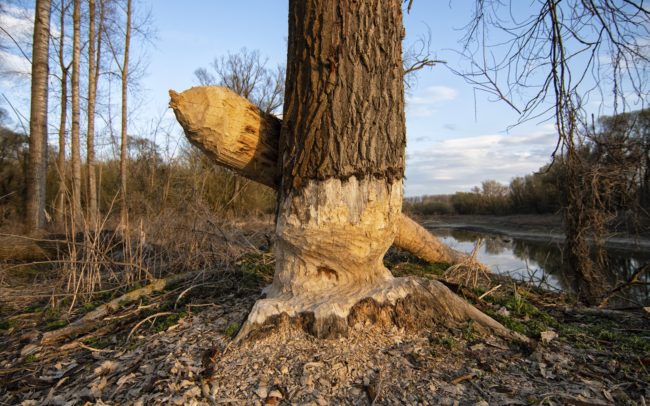
The beaver has successfully colonized almost the entire territory of its original range. Previously, it was almost exterminated in Europe, in our country at the end of the 19th century. The problem is that in the century-long time gap, until this rodent was present here, we have largely changed, reduced its original habitat. Now that it's back and expanded again, it means trouble. As, for example, in such a poplar monoculture, planted for economic profit. Danube Floodplains Protected Landscape Area, Great Rye Island, Slovakia.
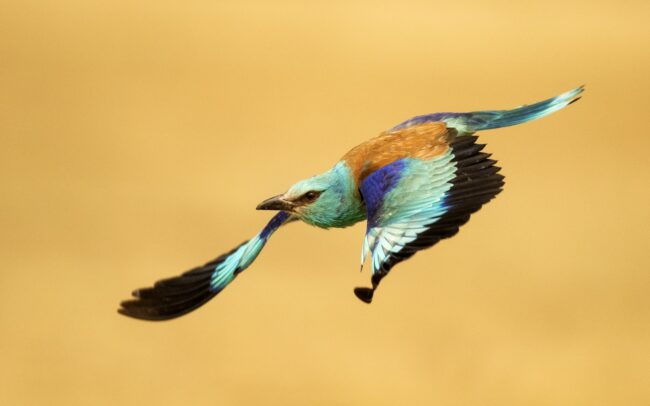
Even its beauty didn't save the roller from its extinction from Great Rye Island in Slovakia. Perhaps because our sense of beauty is developed, but we perform less well when it comes to preserving beauty and values. We have always let the landscape and the environment pay for the arbitrary and thoughtless change of our lifestyle. In this case, this ornamental bird paid for the eradication of pastures and the liquidation of older groups of trees.
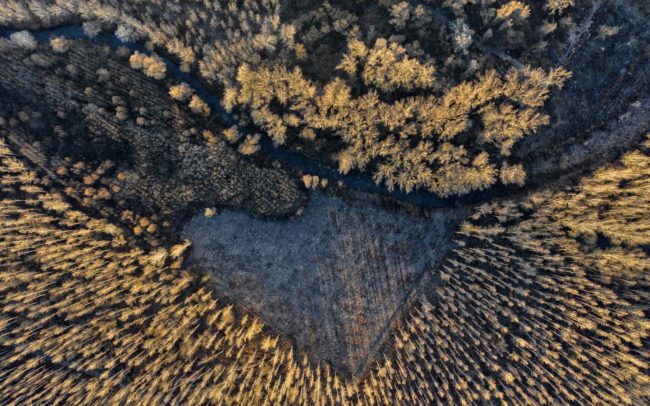
Clearcuts and extensive plantations of bred poplars surround one of the rare remnants of older forests. This group of trees also managed to survive only because our protected apex predator, a pair of white-tailed eagles, built a giant nest on one of these trees several years ago. Unfortunately, the forest area is under constant pressure, from time to time the forest management takes a piece out of it, and in this area, young Canadian-American poplars try unsuccessfully to resist the interest of overpopulated deer. The lack of a responsible approach is characteristic of both competent and higher authorities. Danube Floodplains Protected Landscape Area, Great Rye Island, Slovakia.

The beaver has successfully colonized almost the entire territory of its original range. Previously, it was almost exterminated in Europe, in our country at the end of the 19th century. The problem is that in the century-long time gap, until this rodent was present here, we have largely changed, reduced its original habitat. Now that it's back and expanded again, it means trouble. As, for example, in such a poplar monoculture, planted for economic profit. Danube Floodplains Protected Landscape Area, Great Rye Island, Slovakia.
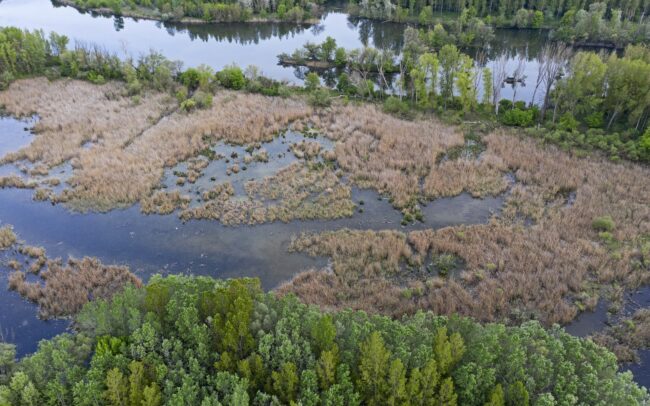
Some of our marshes belonging to the Danube only narrowly escaped the fate of the habitat destruction during the construction of the Gabčíkovo hydropower plant. One of them is this marsh. At the same time, it is a shining example, a herald of what value was lost there, without a trace, irretrievably. Danube Floodplains Protected Landscape Area, Great Rye Island, Slovakia.
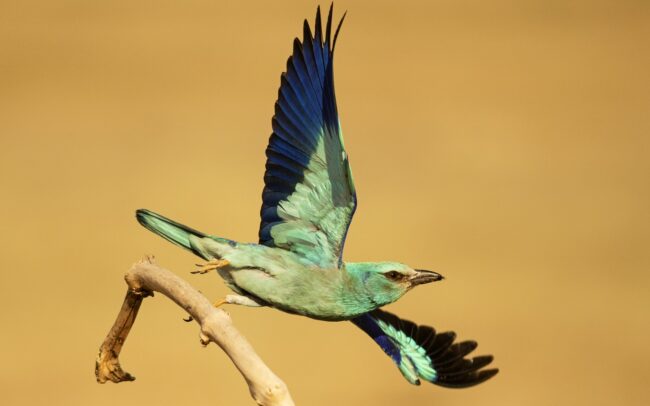
Even its beauty didn't save the roller from its extinction from Great Rye Island in Slovakia. Perhaps because our sense of beauty is developed, but we perform less well when it comes to preserving beauty and values. We have always let the landscape and the environment pay for the arbitrary and thoughtless change of our lifestyle. In this case, this ornamental bird paid for the eradication of pastures and the liquidation of older groups of trees.
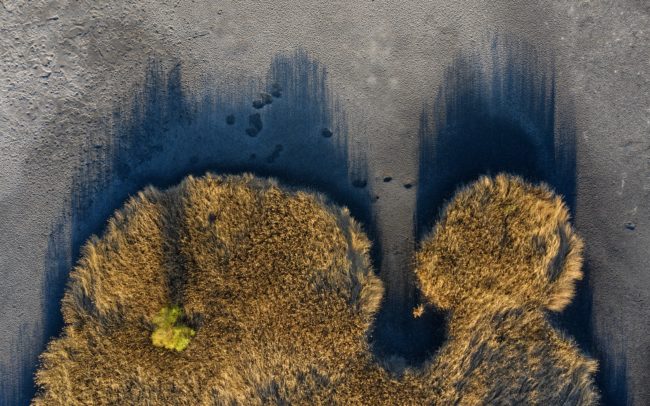
Thousands of species are associated with reed beds, making them real centers of biodiversity. They improve water quality, play an important role in the material circulation of water, help replenish groundwater sources, protect banks from erosion and significantly reduce the effects of floods. Due to the elimination of shallow stagnant waters, they are among the most vulnerable ecosystems in Europe. The value of the reeds lining the shores of the fish ponds increases in this way. Great Rye Island, Slovakia.
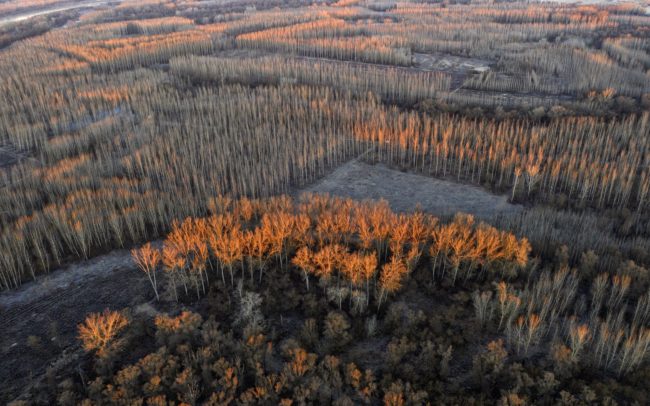
In the middle is an old poplar grove, on one of the trees there is a nest of our largest predator, the white-tailed eagle. Surrounded by clearings, plantations of young trees. For this creature, very sensitive to disturbance, we leave only a small piece of untouched forest, space, environment. Current legislation allows human activity in the vicinity of the nest (with a minimum buffer zone), so any loggers and forest machines present only do what the current regulations allow. In short - legislatively, we leave so much to nature. There is no question of undisturbed honeymoons or courtships that take place around January. Nevertheless, birds nest here every year, which is a complete miracle. And at the same time, it is a good example that nature is forced to adapt to us, instead of us humans giving up on a few hectares of our interests and economic profit. Danube Floodplains Protected Landscape Area, Great Rye Island, Slovakia.
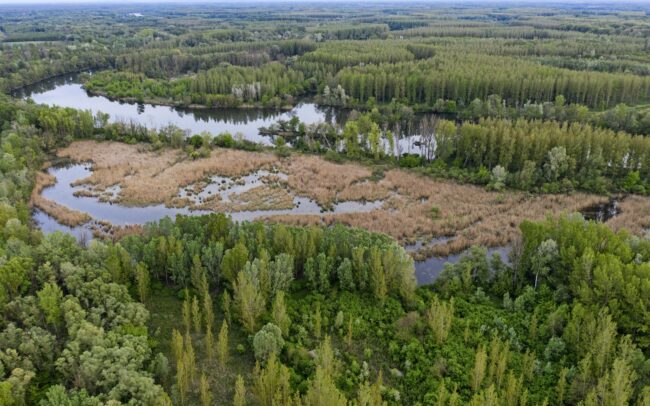
Some of our marshes belonging to the Danube only narrowly escaped the fate of the habitat destruction during the construction of the Gabčíkovo hydropower plant. One of them is this marsh. At the same time, it is a shining example, a herald of what value was lost there, without a trace, irretrievably. Danube Floodplains Protected Landscape Area, Great Rye Island, Slovakia.
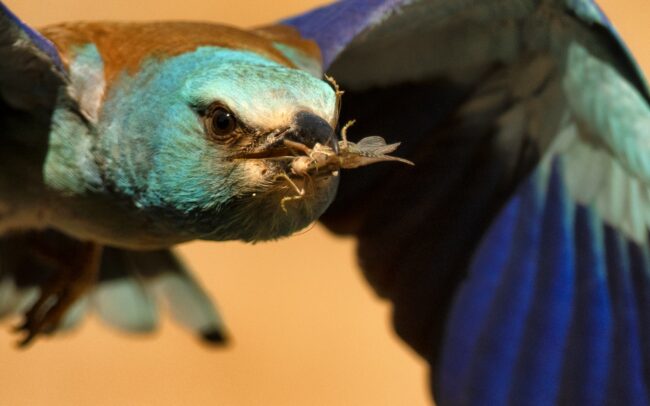
Even its beauty didn't save the roller from its extinction from Great Rye Island in Slovakia. Perhaps because our sense of beauty is developed, but we perform less well when it comes to preserving beauty and values. We have always let the landscape and the environment pay for the arbitrary and thoughtless change of our lifestyle. In this case, this ornamental bird paid for the eradication of pastures and the liquidation of older groups of trees.

The drastic reduction of old trees, such as willows, has greatly reduced the nesting possibilities of the little owl. Our bird bravely took this obstacle, moving close to human settlements, into old buildings and stables. But the gradual elimination of pastures and ranches already exceeds their survival capabilities, and their numbers are dwindling.
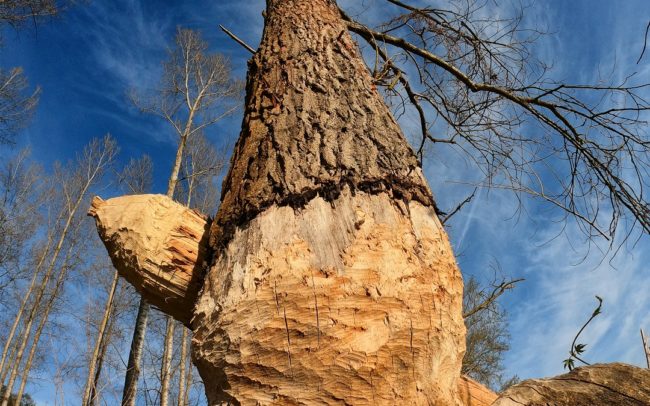
The beaver has successfully colonized almost the entire territory of its original range. Previously, it was almost exterminated in Europe, in our country at the end of the 19th century. The problem is that in the century-long time gap, until this rodent was present here, we have largely changed, reduced its original habitat. Now that it's back and expanded again, it means trouble. As, for example, in such a poplar monoculture, planted for economic profit. Danube Floodplains Protected Landscape Area, Great Rye Island, Slovakia.
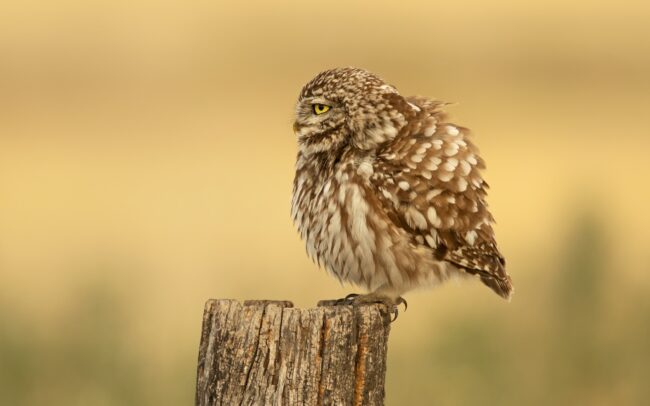
The drastic reduction of old trees, such as willows, has greatly reduced the nesting possibilities of the little owl. Our bird bravely took this obstacle, moving close to human settlements, into old buildings and stables. But the gradual elimination of pastures and ranches already exceeds their survival capabilities, and their numbers are dwindling.
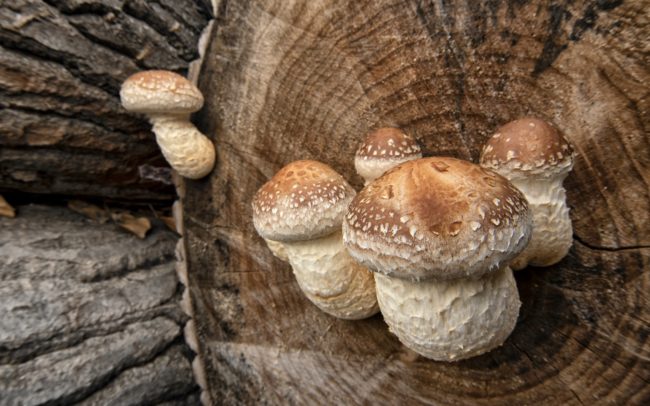
A group of scalycap mushroom (Hemipholiota populnea) on a burnt poplar trunk. Sometimes it can cover dead or live wood in clumps. It infects trees through broken branches and wounds. They consider it one of the most important pests of poplars. For such a parasite, the spread of which is benefited precisely by man by harvesting trees, as well as by the concentration of harvested trunks. Great Rye Island, Slovakia

Even its beauty didn't save the roller from its extinction from Great Rye Island in Slovakia. Perhaps because our sense of beauty is developed, but we perform less well when it comes to preserving beauty and values. We have always let the landscape and the environment pay for the arbitrary and thoughtless change of our lifestyle. In this case, this ornamental bird paid for the eradication of pastures and the liquidation of older groups of trees.
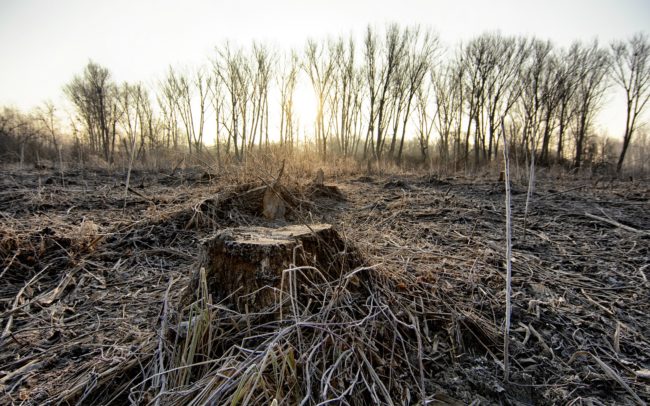
Clearcuts and extensive plantations of bred poplars surround one of the rare remnants of older forests. This group of trees also managed to survive only because our protected apex predator, a pair of white-tailed eagles, built a giant nest on one of these trees several years ago. Unfortunately, the forest area is under constant pressure, from time to time the forest management takes a piece out of it, and in this area, young Canadian-American poplars try unsuccessfully to resist the interest of overpopulated deer. The lack of a responsible approach is characteristic of both competent and higher authorities. Danube Floodplains Protected Landscape Area, Great Rye Island, Slovakia.
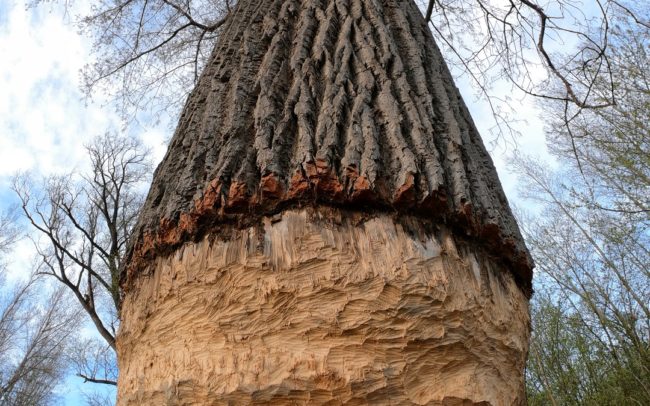
Nature conservation is not a black and white thing. A huge, beaver-gnawed poplar next to the Danube near Gabčíkovo. Its circumference is almost 4.5 meters. Beavers go to bigger trees especially in winter when there is a lack of other food - aquatic and coastal plants, fresh shoots of bushes and of course if there are no younger trees near the water. The bark and pulp remained intact only for about 15% of the circumference. A complete bite all the way around would mean the end of the tree for sure. Danube Floodplains Protected Landscape Area, Great Rye Island, Slovakia.


